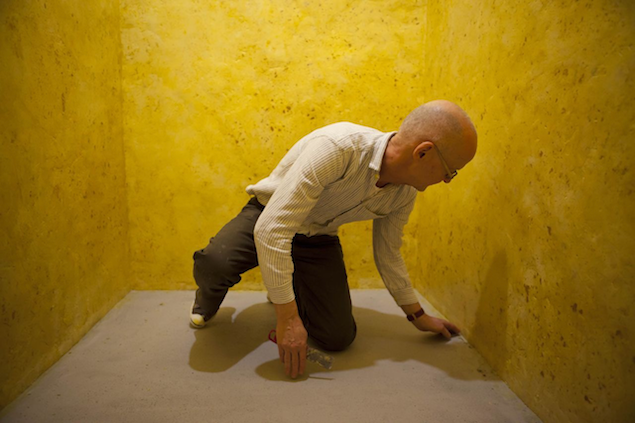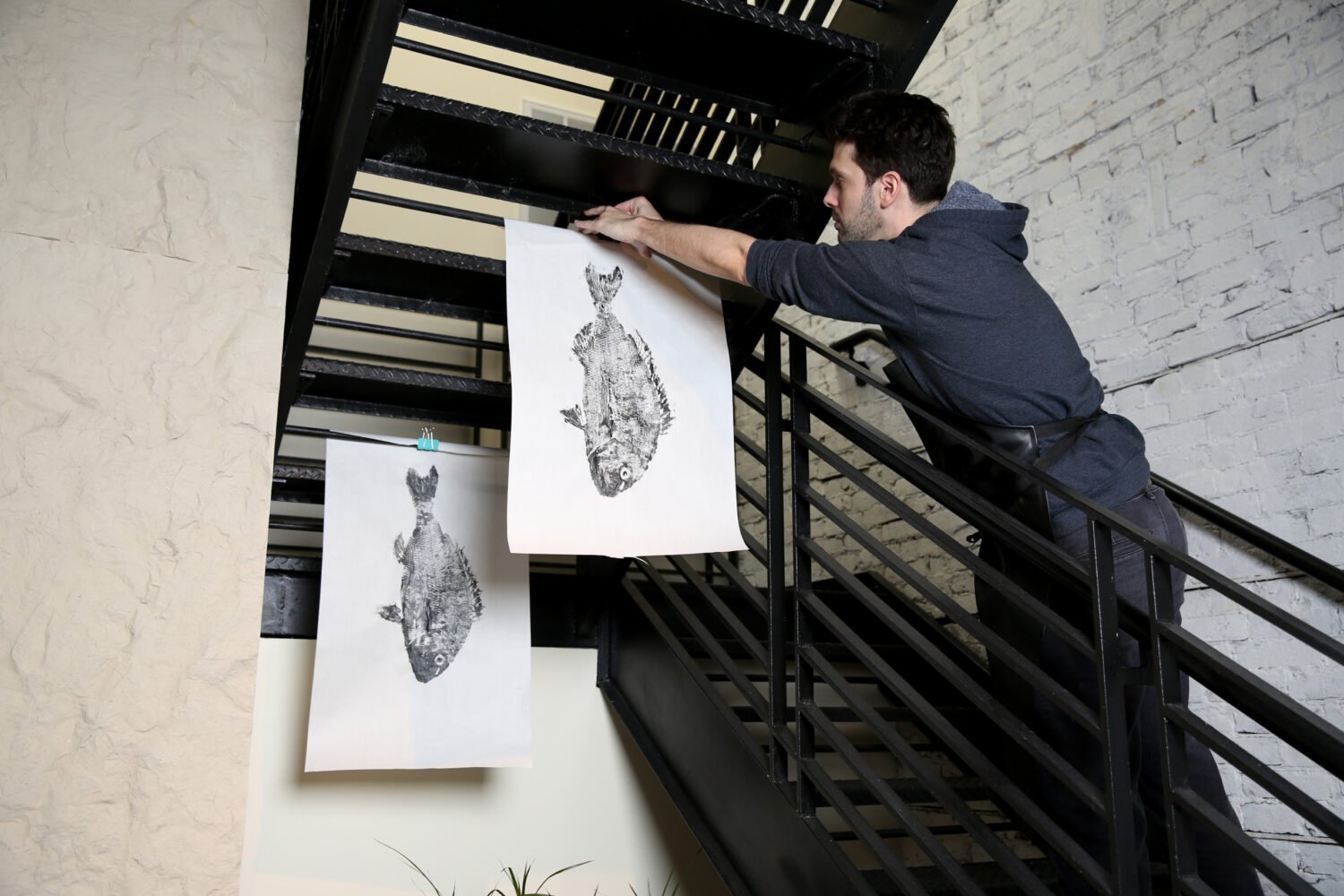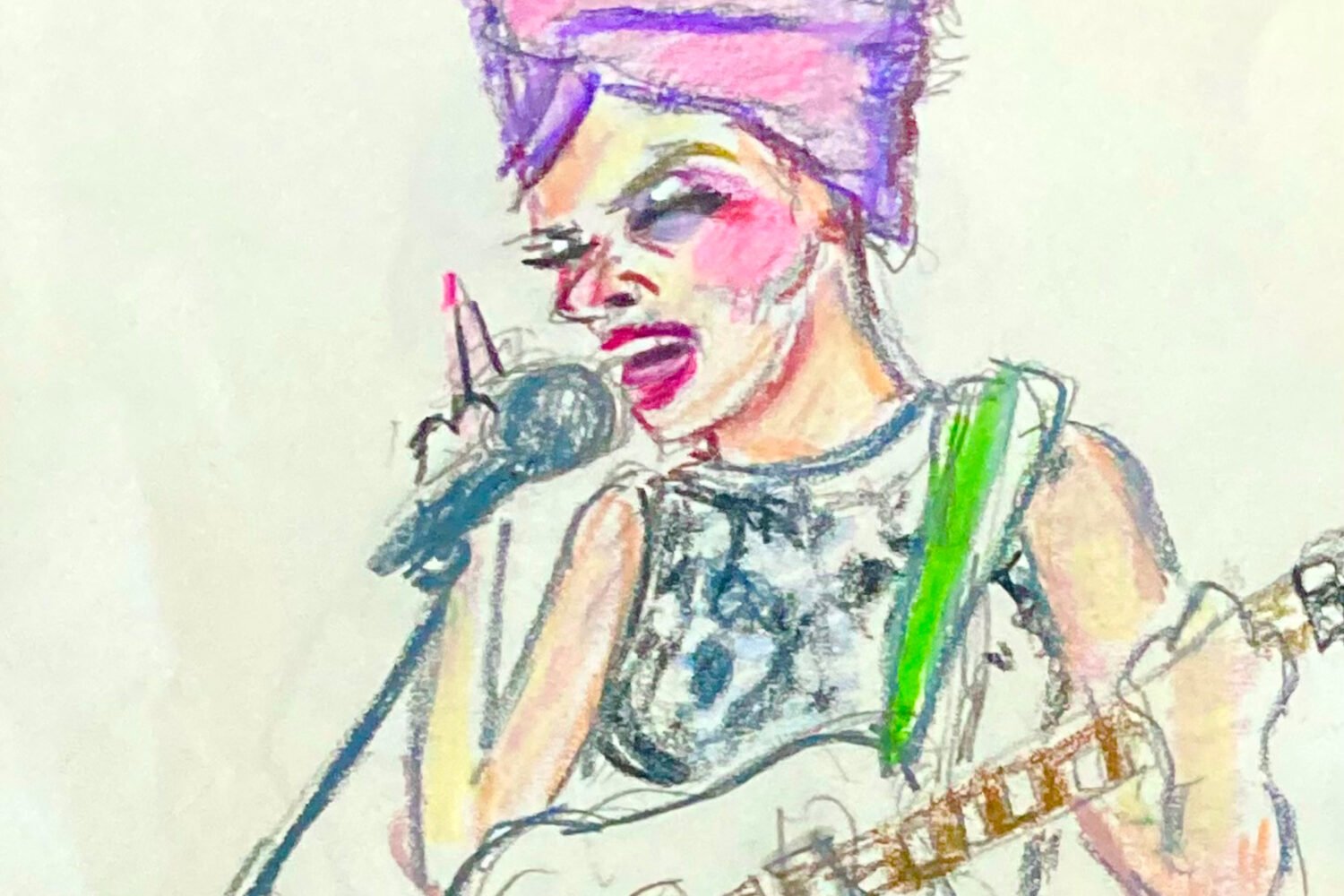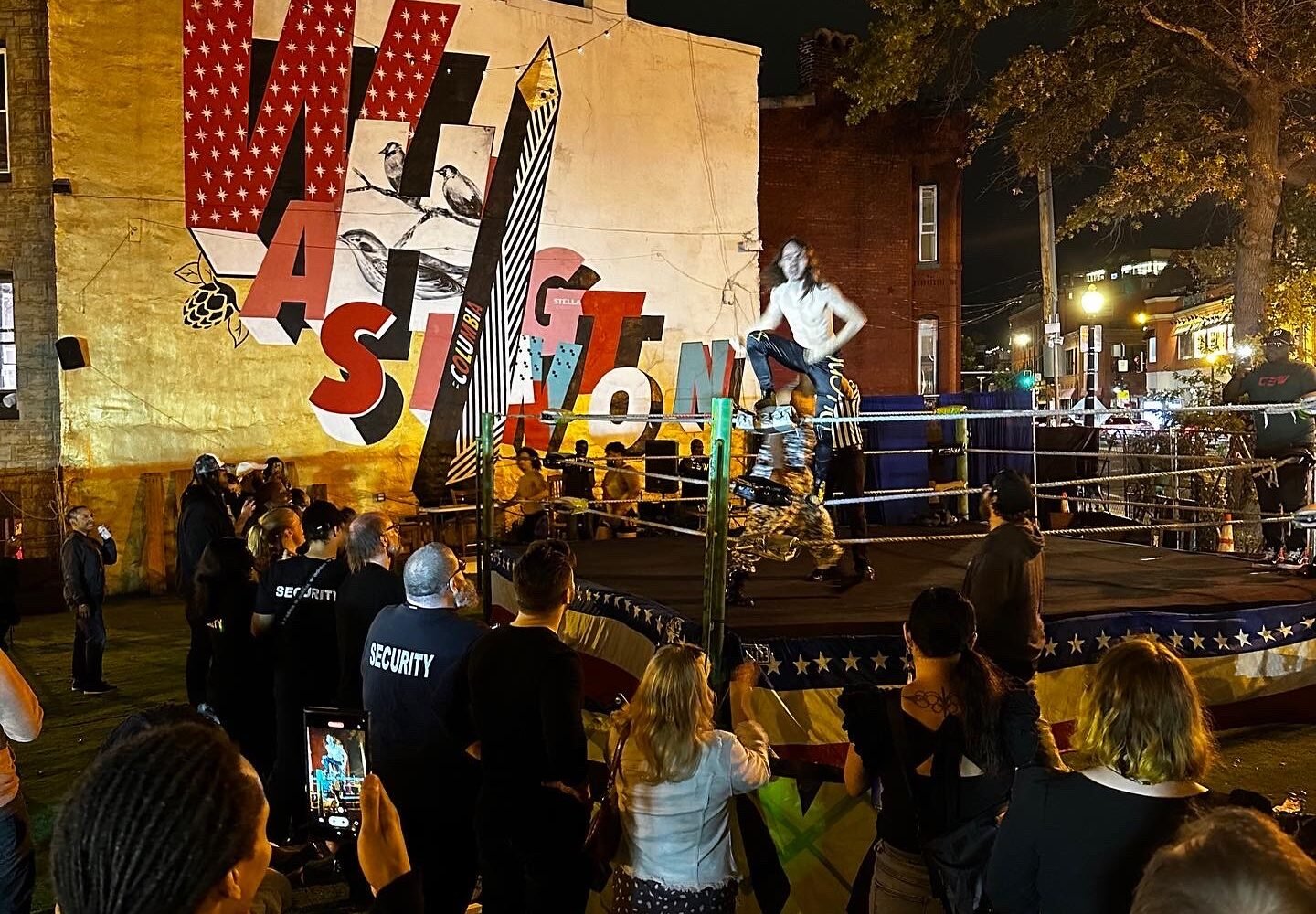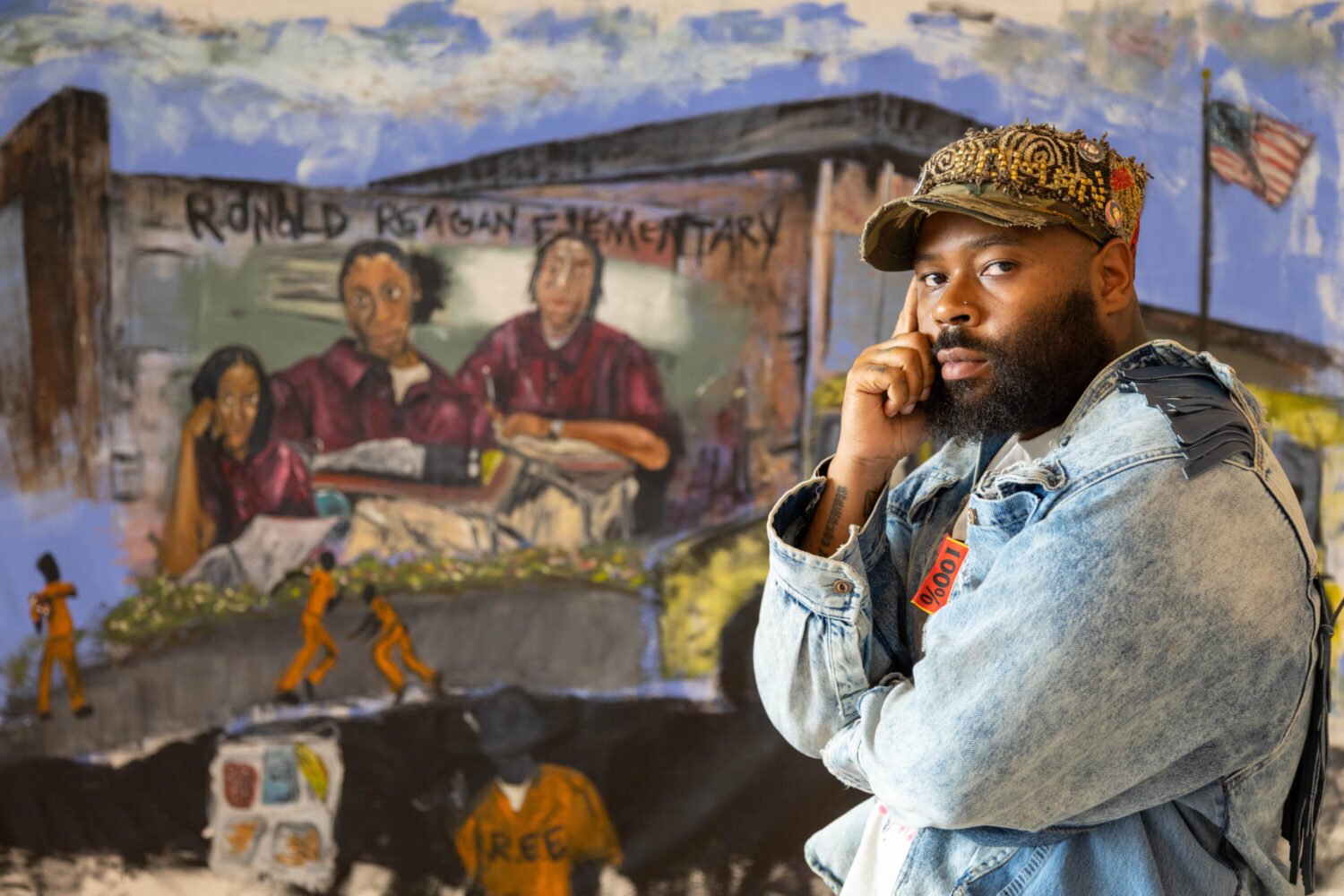In a city where $500-a-plate dinners are as ubiquitous as broken Metro escalators,
the idea of a museum fundraiser is hard to separate from tuxedos, dancing, and mediocre
Chardonnay. But for its upcoming permanent installation, a room sculpted from beeswax
by German artist Wolfgang Laib, the Phillips Collection has turned to a new platform
to entice donations: crowdfunding.
Using the website Indiegogo,
the Phillips is attempting to reach a goal of $15,000 in donations for the Laib Wax
Room (UPDATE: The target has been reached, although the page will continue to accept donations for the next two days). The campaign
has been assisted by a gift from artists
Brian and Paula Ballo Dailey that matches donations dollar for dollar up to the $15,000 total. As is common with
crowdfunding, there are incentives for donors depending on the sums given. For $25,
donors are recognized as Hive Helpers and get a custom-made scratch-and-sniff postcard
featuring an image of the finished room. A donation of $250 in the Worker category
gets the giver a book about the Wax Room signed by Laib as well as an annual Contemporary
membership to the Phillips (a $110 value).
Phillips director
Dorothy Kosinski says the campaign is in
keeping with the museum’s mission to engage people within
its community. “We’re thinking a lot about how to be really
innovative and creative,
how to reach out to the public,” she said in a phone interview.
“When this idea was
floated, it seemed to fit with the underlying experiential
theme of Wolfgang’s work,
which brings people into an environment and allows them to
participate in it.” In
addition to revamping its website in 2012, the Phillips has
long been active on social
media and has its own free smartphone app for visitors
exploring the collection. Last
May it launched a competition encouraging people to submit
Instagram images modeled
after photos in the exhibition “Snapshot: Painters and
Photography, Bonnard to
Vuillard.”
Crowdfunding for museums isn’t new, although it has yet to be fully explored in the
Washington area. The
New York Times reported in 2010 on small institutions
such as the Neversink Valley Area Museum in
Cuddebackville, New York, and Philadelphia’s ToonSeum raising
funds via
Kickstarter.
And in France even the Louvre has gotten in on it, offering a
number of different
incentives to donors in its campaign to raise $3.4 million for a
pair of 13th-century
ivory statues. A guestbook on the museum’s website allows
donors to leave their messages
of goodwill online (“I am happy to contribute to the
acquisition of a national treasure,”
says
one).
Regardless of whether the museum reaches its $15,000 goal, when the Laib Wax Room
opens March 2 it will be the Phillips’s first permanent installation since the Rothko
Room was inaugurated in 1960. “In order to fully fund it we need a lot more than this,
but it would be terrific to reach the goal—a real shot in the arm,” says Kosinski.
“I think we’re doing several things at once: Educating people about Laib and the importance
of the piece, allowing people to participate and feel like they’re part of our community,
and then, very practically, raising funds.”
Representatives at the Phillips declined to say how much the museum had paid overall
for the work, but emphasized the generosity of donors, the artist, and New York’s
Sperone Westwater Gallery, which donated the 800 pounds of beeswax used to build the
room. “We’re not a place that has deep pockets, and everything we do is a challenge,”
says Kosinski. “I think it’s an out-of-the-box experiment, and we’re grateful that
people are paying attention.”
To read more about the Phillips Collection’s fundraising efforts, visit the Indiegogo
page. To read
more about the Laib Wax Room, visit the museum’s website.

